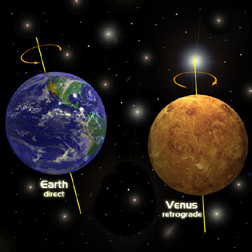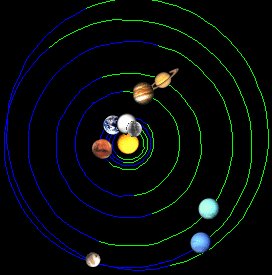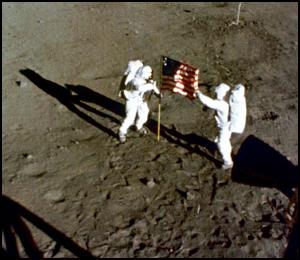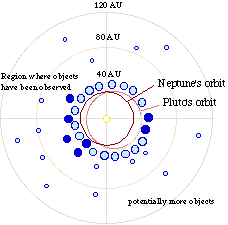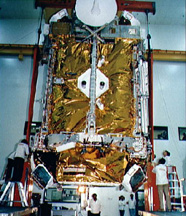How long does it take for Mars to rotate on its axis? What is the period of the Earth? The Moon?
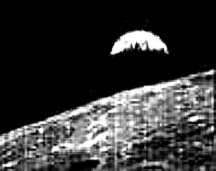
A "period" usually means the amount of time it takes to do something. Since the planets and moons in our solar system all move in at least two different ways, a "period" could mean a couple of different things.
First, all the objects in our solar system spin on an axis. Just think of a top, or record, or wheel. All these things spin around a center point which we call an "axis". This type of motion is called "rotation", so the amount of time it takes an object to rotate is called a "rotational period". It takes the Earth 23 hours, 56 minutes to rotate on its axis. We call the rotational period of Earth a "day". Mars takes just a little longer to rotate, at 24 hours, 37 minutes. The Moon is much slower than either Earth or Mars. It takes over 655 hours for the Moon to turn just once on its axis--that's more than 27 days!
Second, all the planets and moons in our solar system also move around other things. This type of movement is called "orbit". Planets orbit the Sun while moons orbit around planets. The amount of time it takes to complete one orbit is called an "orbital period". On Earth, we call our orbital period a "year". It takes just over 365 days for the Earth to orbit the Sun. On Mars, it takes more than 687 days to orbit the Sun--that's almost twice as long to wait between birthdays!
The Moon's orbit centers around the Earth, rather than the Sun. It takes
a little more than 27 days (about 656 hours) for the Moon to orbit the
Earth. If that number looks familiar, it's because
the orbital period of the Moon is exactly the same as its rotational
period. This is the reason we can never see the far side of the Moon from Earth--it's always
facing away from us.
Submitted by Elizabeth (West Virginia, USA)
(October 15, 1997)





